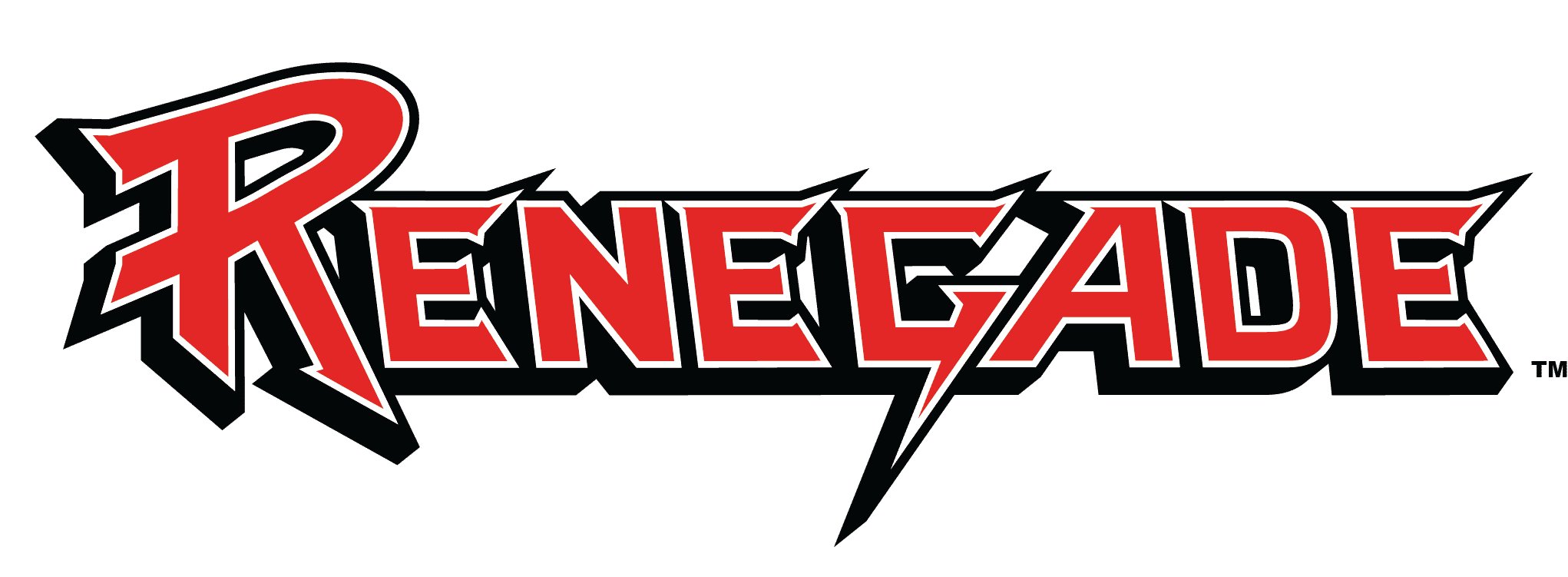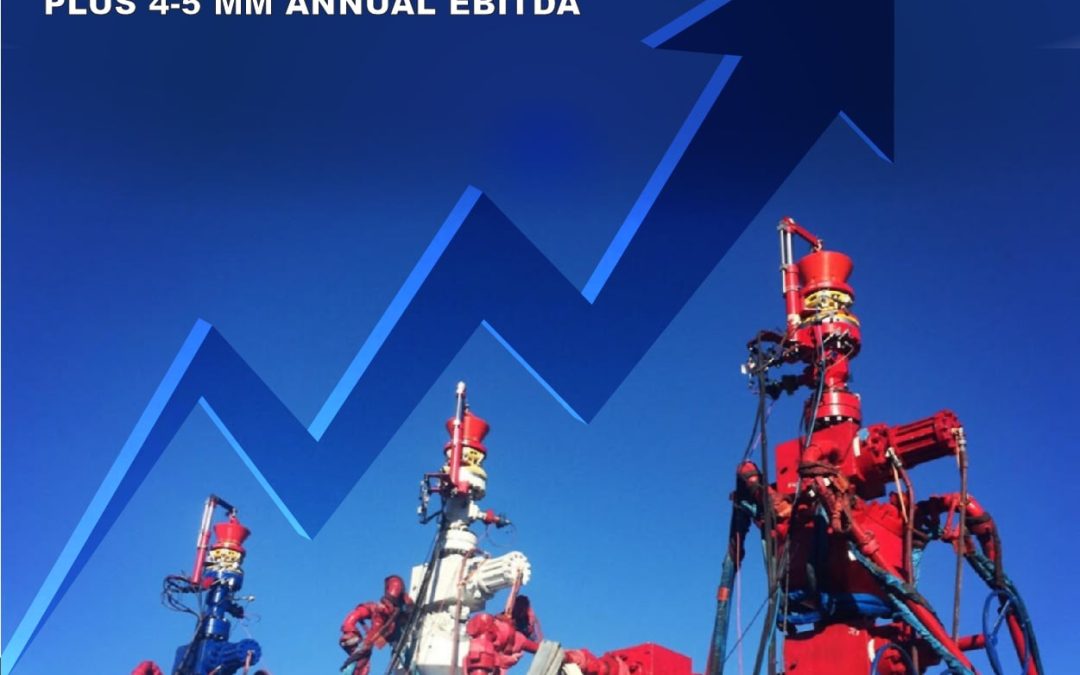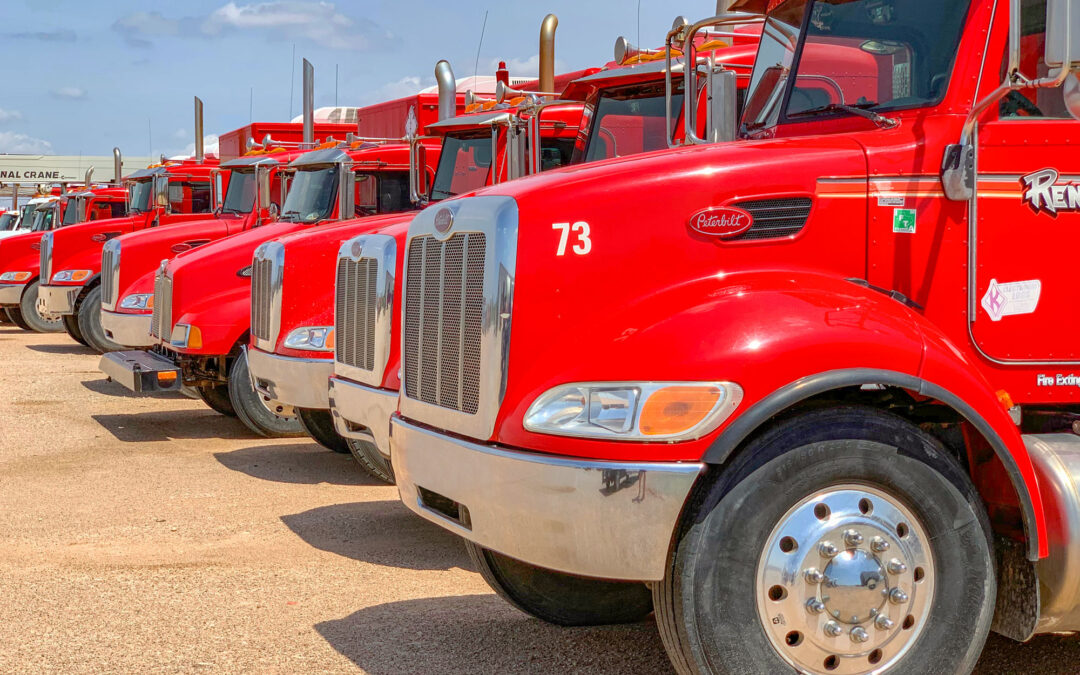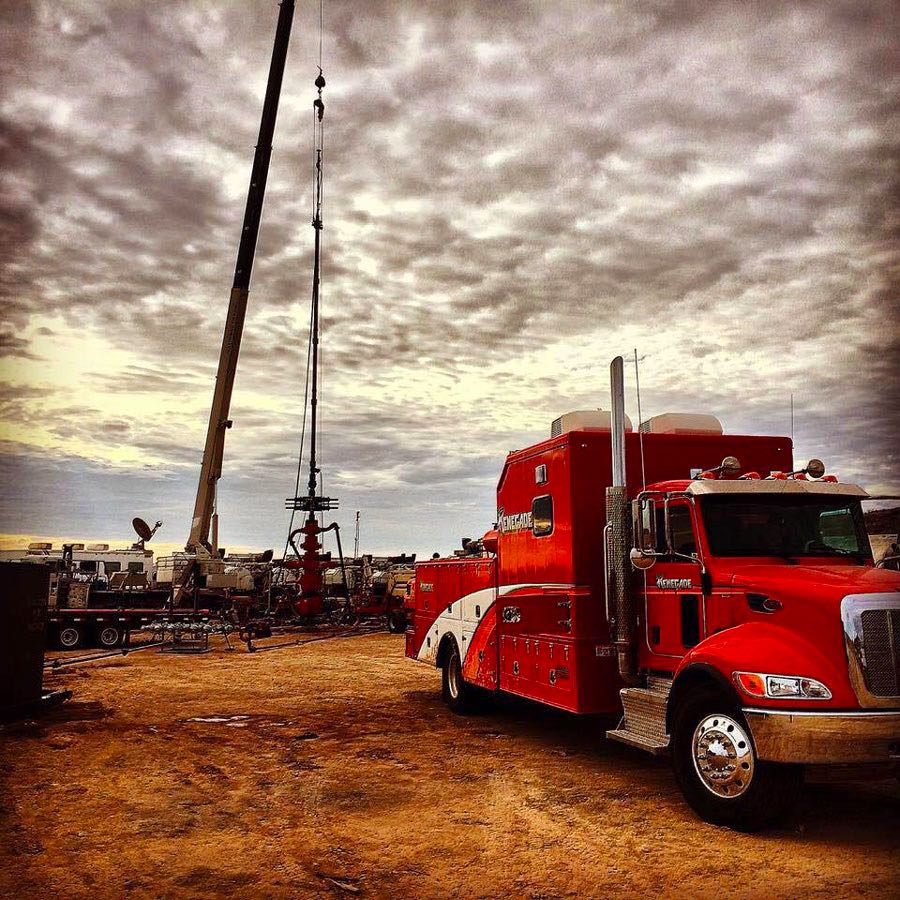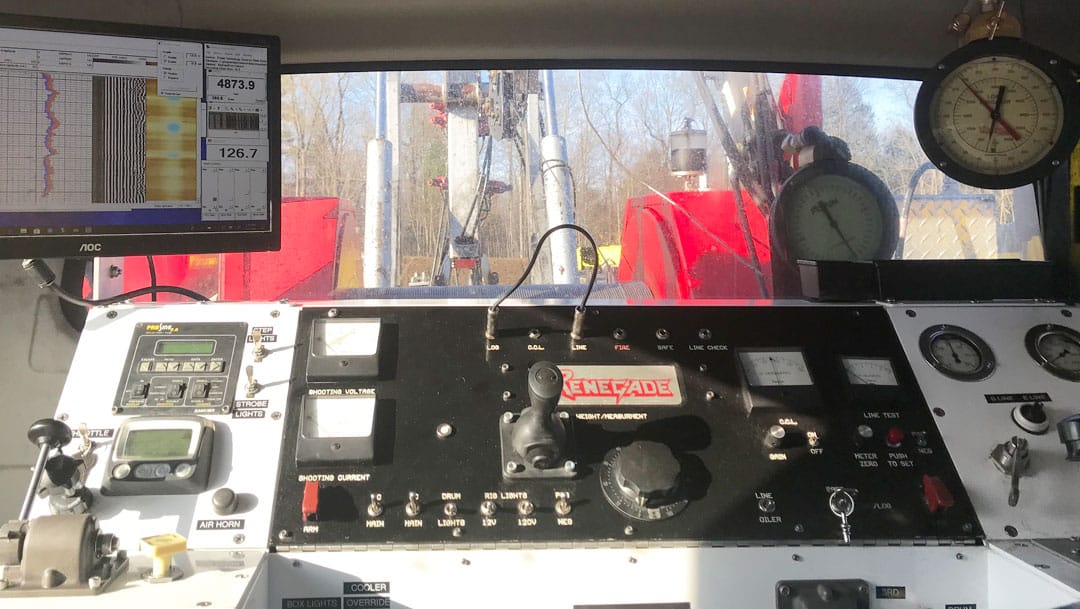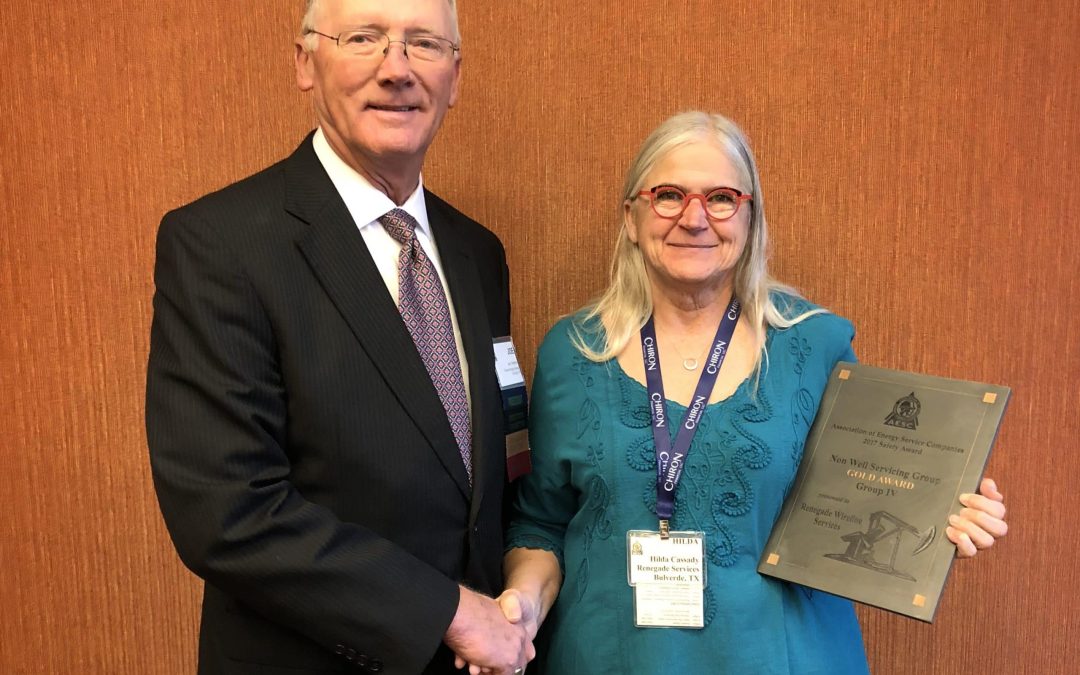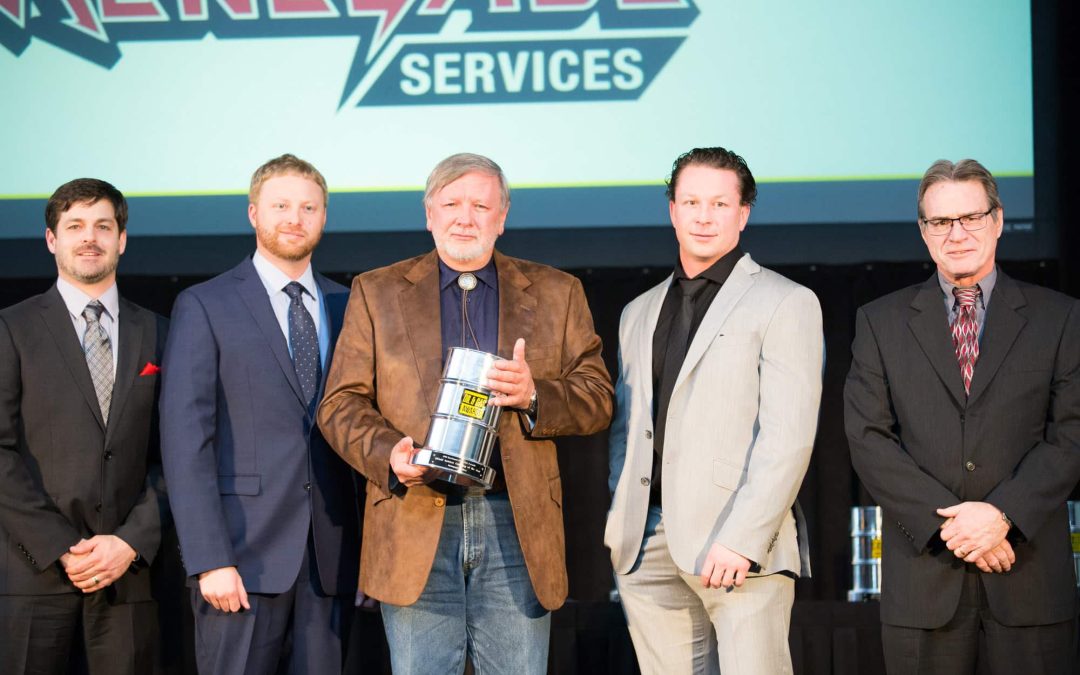
Renegade Wins Oilfield Service Company of the Year
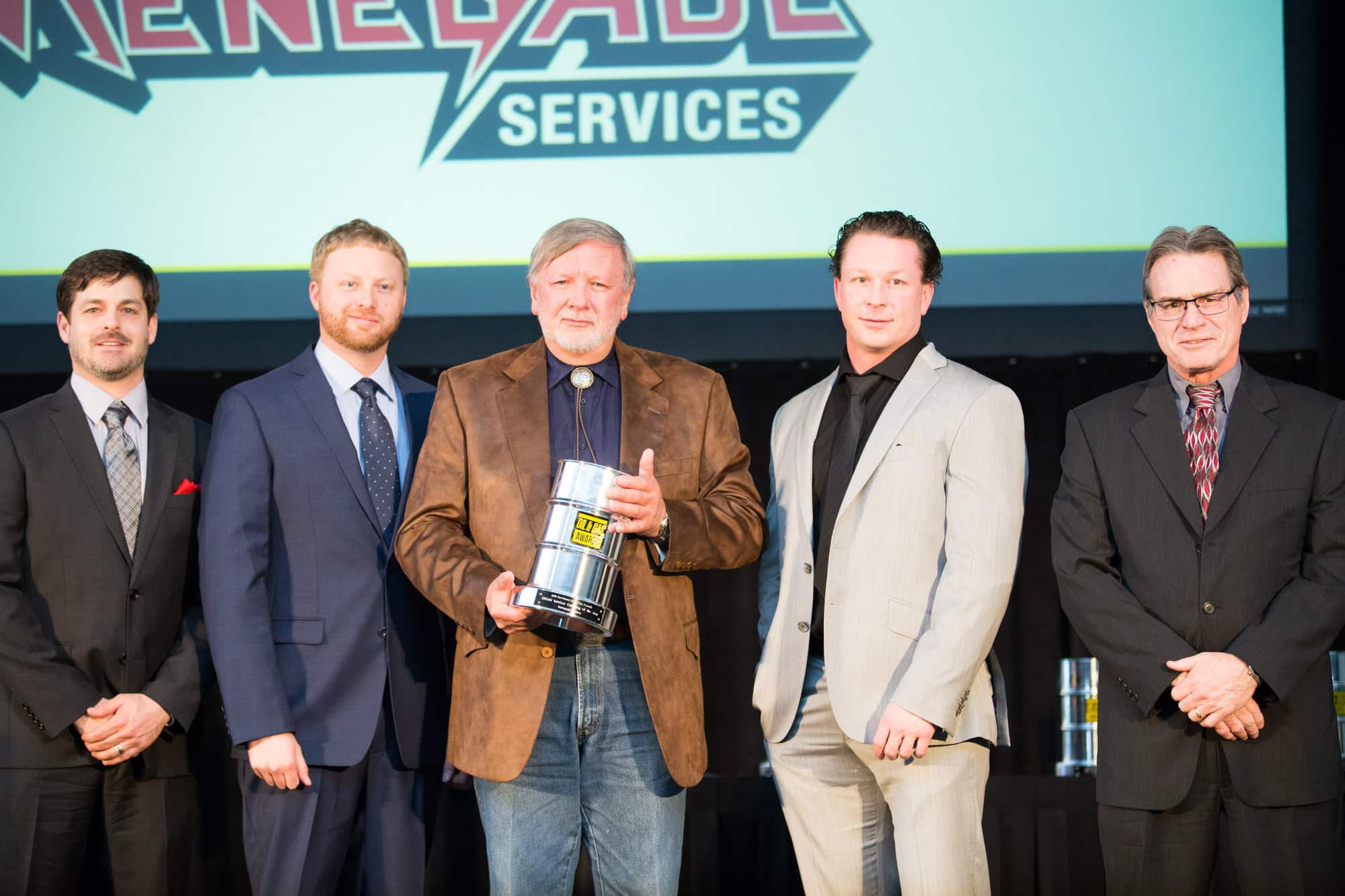
Celebrating Excellence: Renegade Wireline Services Crowned Oilfield Service Company of the Year
In early 2018, Renegade Wireline Services won an award for oilfield service company of the year due to our operational excellence and improvements in productivity.
What is the award for?
The Oil and Gas Awards are awarded with the purpose of recognizing the achievements of companies within the oil and gas industry. Advances in various areas such as environment, innovation, efficiency, safety and health, and social responsibility are all considered and demonstrated through these awards.
Overall, the award recognizes the efforts of both individuals and corporations in the oil and gas industry.
The Award Categories
There are 25 categories awarded by the Oil and Gas Awards. This included:
-
- The Award for Drilling Excellence
- The Award for Excellence in Corporate Social Responsibility
- The Award for Excellence in Health & Safety
- The Award for Geophysical Excellence
- The Award for Excellence in Environmental Stewardship
- Consultancy of the Year
- Future Industry Leader
- E&P Company of the Year
- Construction Company of the Year
- Engineering Company of the Year
- General Industry Service Award
- Industry Leader
- Industry Supplier of the Year
- Manufacturer of the Year
- New Technology Development of the Year
- Law Firm of the Year
- Kerr Pumps & FlowValve Award for Excellence in Well Completion
- Risk Management Company of the Year
- Workforce Housing Provider of the Year
- Midstream Company of the Year
- Recruitment Agency of the Year
- Oilfield Services Company of the Year (Won by Renegade Wireline Services)
- Water Management Company of the Year
- Trucking Company of the Year
Renegade Wins the Award
Renegade Wireline Services was nominated for the Oilfield Service Company of the Year by an anonymous individual in Texas. Due to our advances in innovation, health, safety, and other topics, Renegade became a finalist in both Texas and Pennsylvania. In the end, we won the oilfield service company of the year in Pennsylvania.
The Northeast Oil & Gas Awards ceremony took place on March 1, 2018 in Pittsburgh where won the award among the following finalists within our category: McCutcheon Enterprises, Deep Well Services, and TechSolve.
The Texas Oil & Gas Awards ceremony took place on Wednesday, March 7, 2018. LineQuest and Basic Energy Services were the finalists in our award category.
Renegade plans on continuing to do our best to improve health and safety of workers and frac pad operators, keep the environment in tact through oilfield and gas well operations, and provide efficiency and innovation within the industry.
